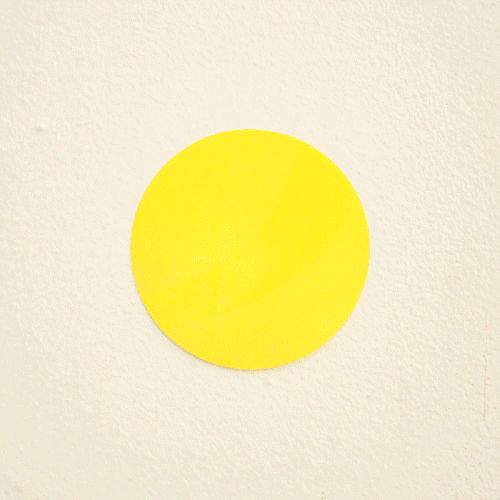A way a lone a last a lost a loved a long the. 17:00 - 21:00
Audio-visual renarration of ‘Finnegan’s Wake’ with Mariana Darvas Lanari, Sjoerd Leijten and Katinka de Jonge.
Making music, reading out loud, listening softly.
We are a trio performing passages from 'the Wake'. Using an aquarium, electroacoustic sounds and words to create a faithfully unfaithful renarration of the story.
'Finnegans Wake' is often seen as the most difficult work produced in literature. If you look beyond, you discover the rich, bizarre imagination of a man who had a highly idiosyncratic vision of the world. Joyce opposed the glorification of violence, he tried to pierce the dogmatic gender roles of men and women and he was very critical of religion. These were progressive ideas for the strict Catholic Ireland of the early twentieth century, but also for the time in which we live now. The infinite imagination and elegant, socially engaged thoughts make 'Finnegans Wake' unique and urgent reading, hence we started this project.
Since the book takes the form of a dream, Joyce made a dream language. A language that breaks the rules of grammar and spelling, in which words of different languages are glued together, in a prose mixed with musical forms constructed with onomatopoeic qualities. The first page states for example: The fall (bababadalgharaghtakamminarronnkonnbronntonnerronntuonnthunntrovarrhounawnskawntoohoohoordenenthurnuk!). It refers to the fall of man from paradise, but also the fall of Humpty-Dumpty from the wall in the old English children's song. The fall is followed by a so-called thunder-word, a word composed by the word thunder in different languages that mimics the sound of thunder and someone falling down the stairs. The language appears in first instance as absurd, comical nonsense, yet it contains all sorts of meanings and references below the surface. This meaningful playfulness is what attracts us in 'Finnegans Wake'.
Besides the strong musical aspect of the language, the visual aspect of the text is also vital to the story. To create a frame where the text is projected, we use an aquarium as a metaphor for the book that flows in water, the feminine principle, from beginning to end. The text starts in a river, produces clouds, rain and ends in the ocean in the last page to eventually become a river again.
We want to emphasize that the language is a character in 'Finnegans Wake': it comments on events by changing themselves following the same events. We focus on developing a piece in which fragments of 'Finnegans Wake' are told and sung, accompanied by electro acoustic music, guitar, violin, banjo, sample loops, patterns, iterations and vocals. The computer code behind the setup enables us to control and sample on-the-fly, yet also delivers unexpected artifacts, sounds and structures. This leads to a performance which is more an open network of possibilities, associations and interpretations, an analogy to the book.
This project follows our contribution in Waywords and Meansigns (2015) a complete musical version of 'Finnegans Wake' produced by American writer and radio producer Derek Pyle, for which we did the last and first chapter of the book.
Food:
Food will be available, but donations are very welcome so we can get a compassionate economy going.



